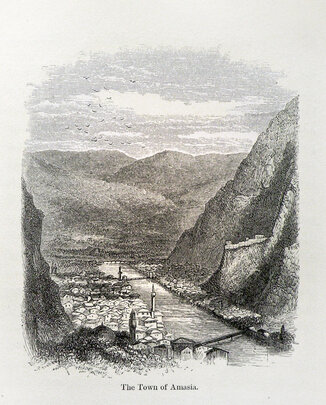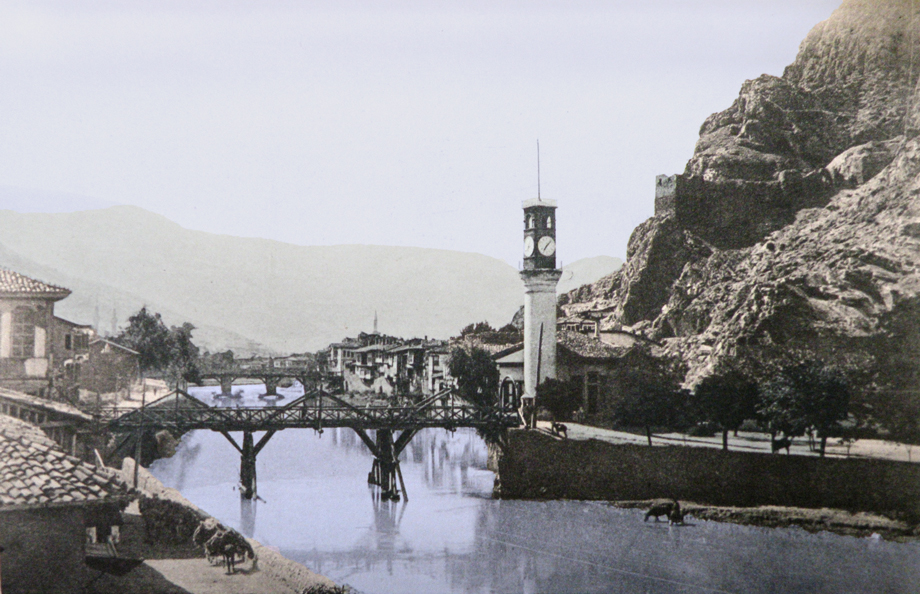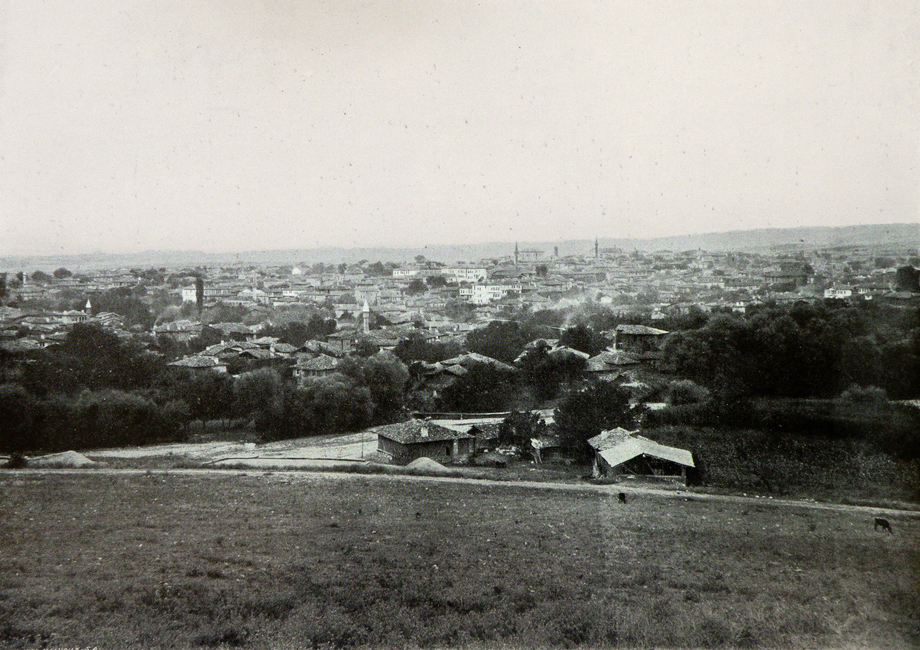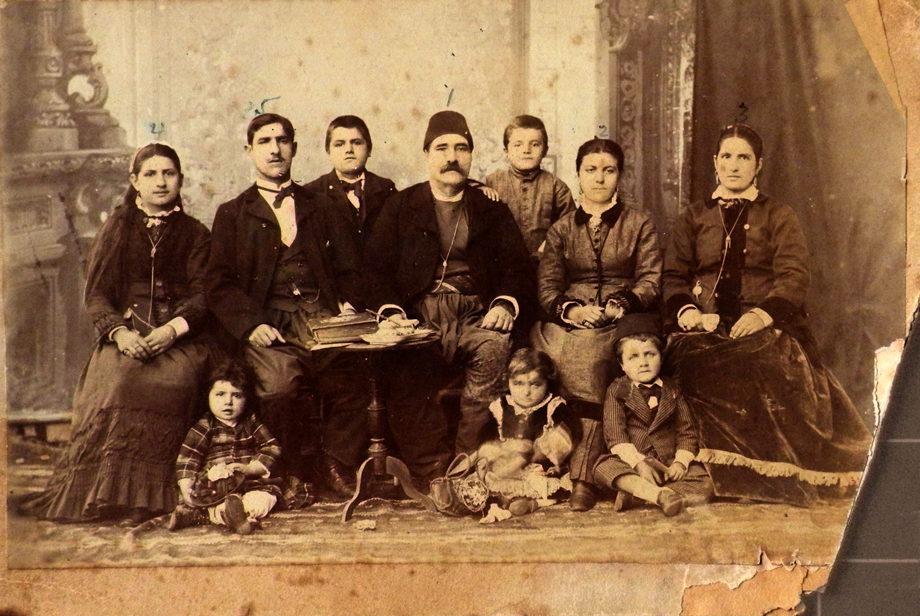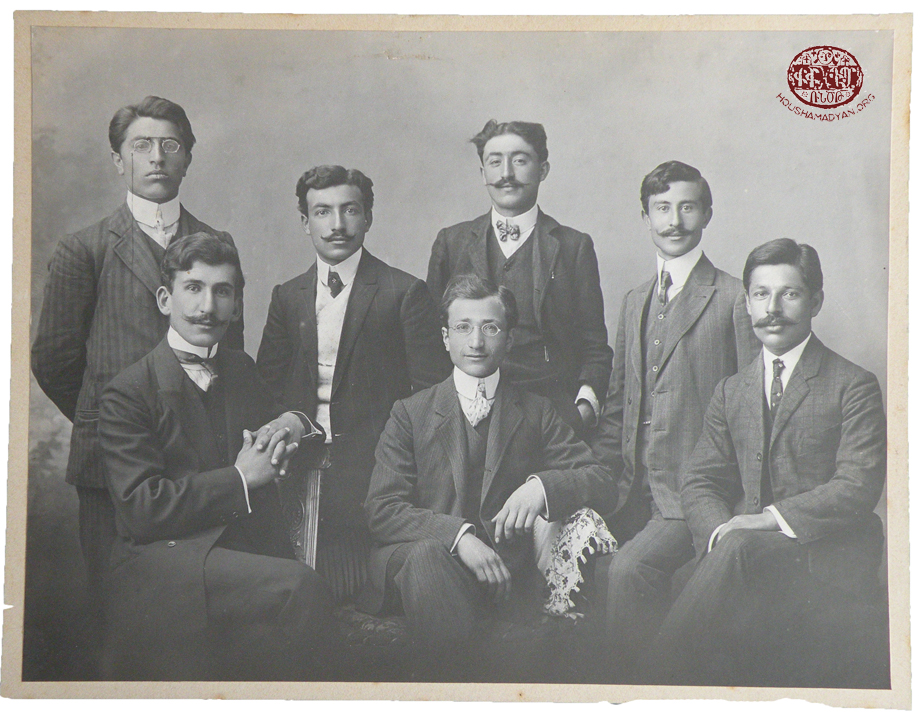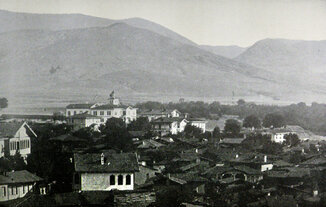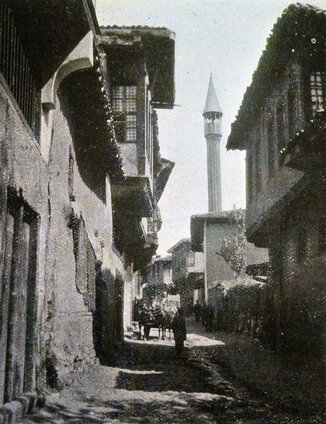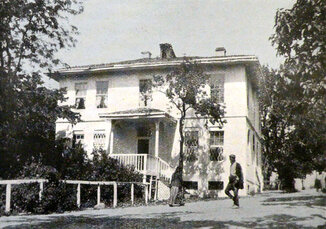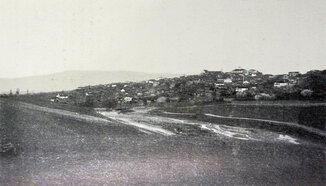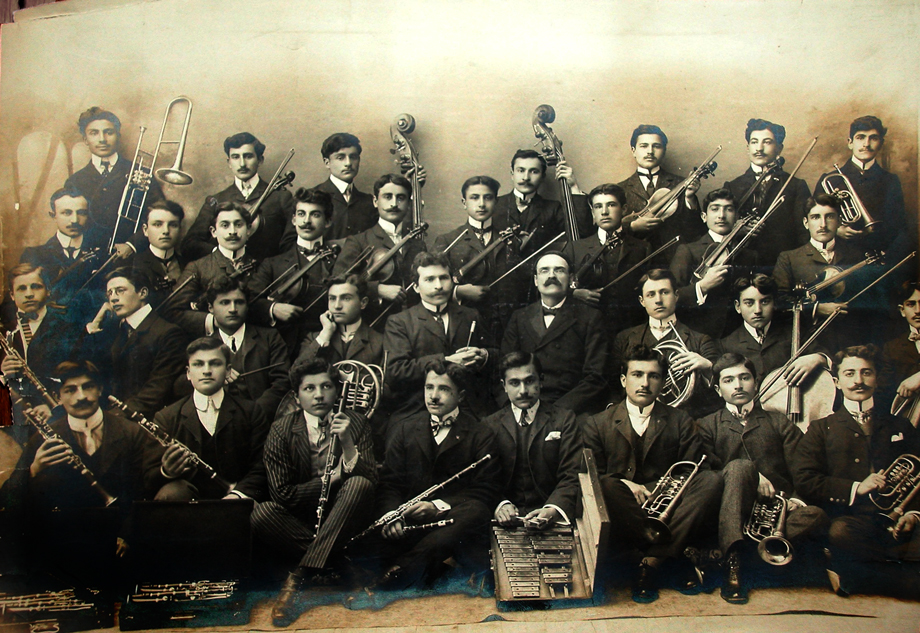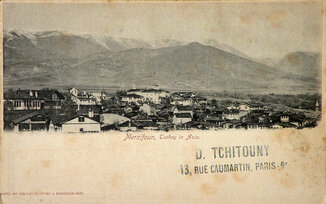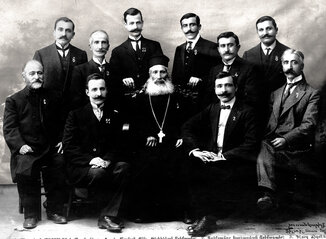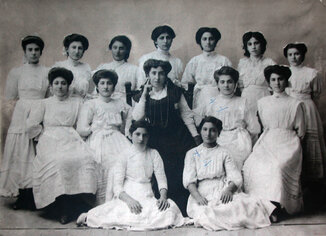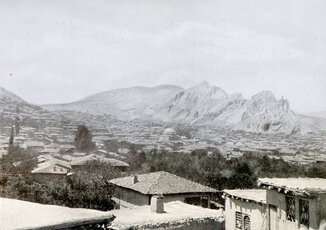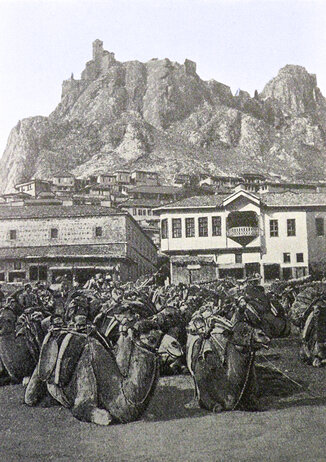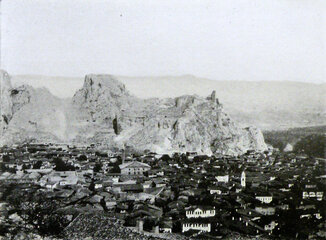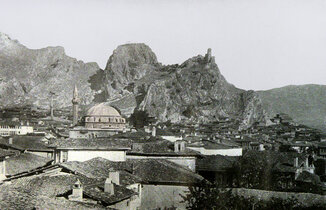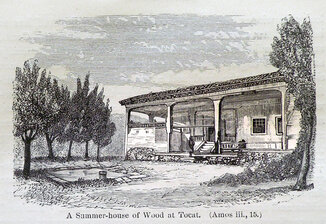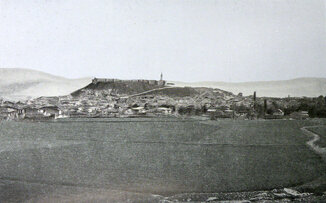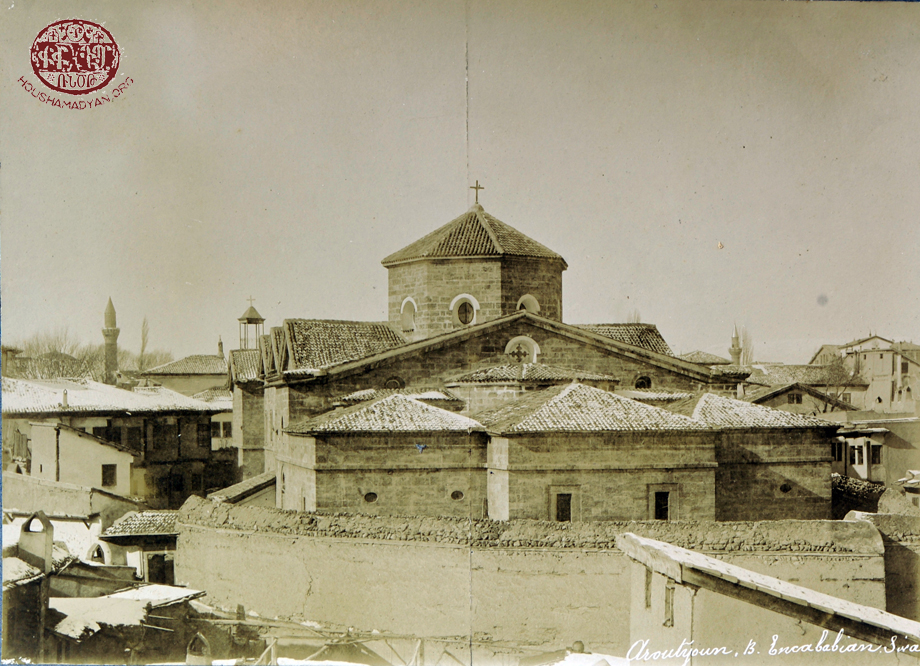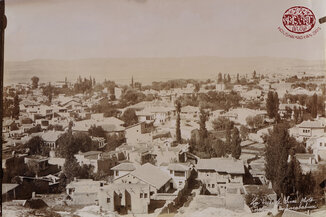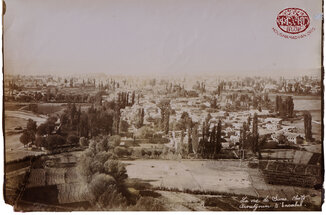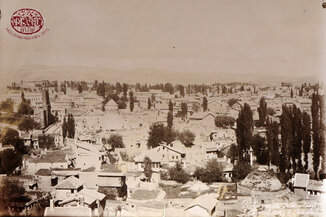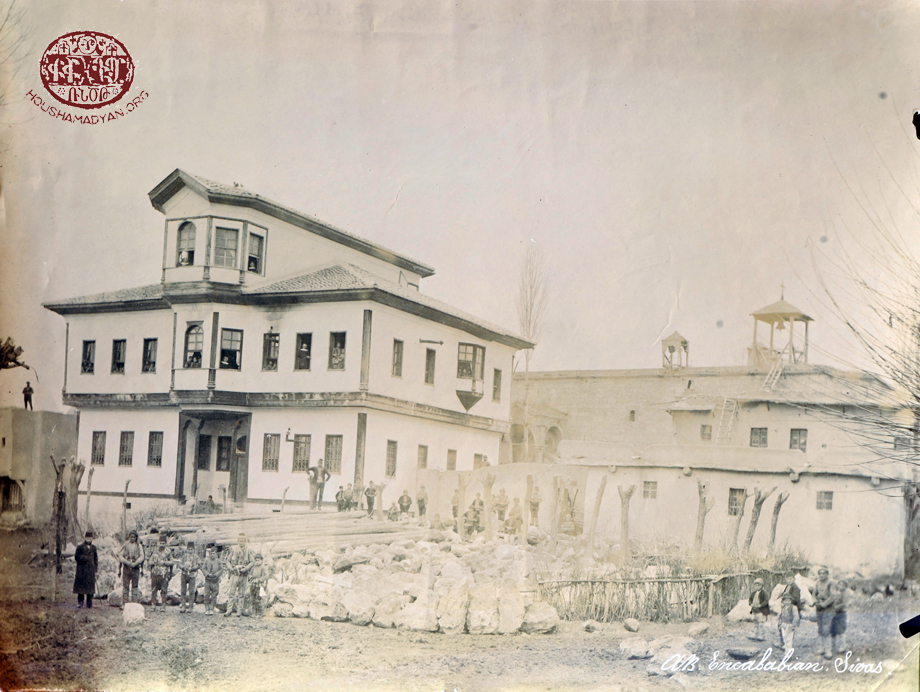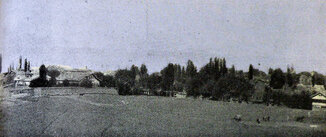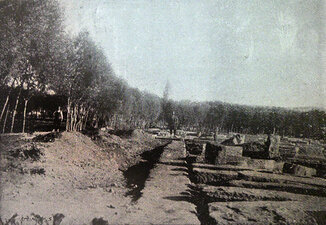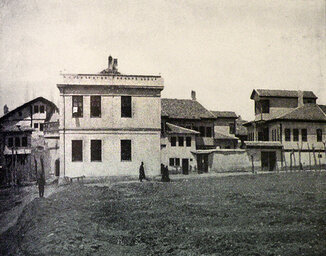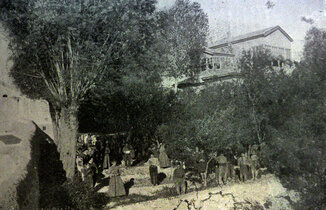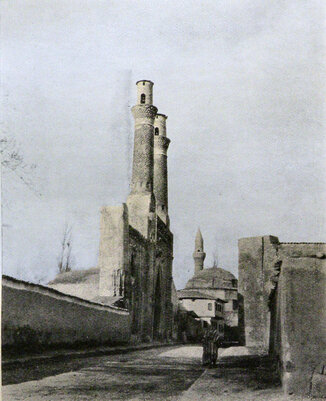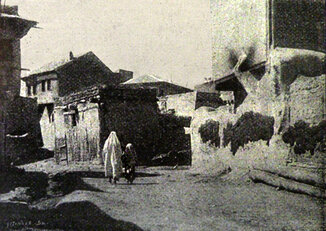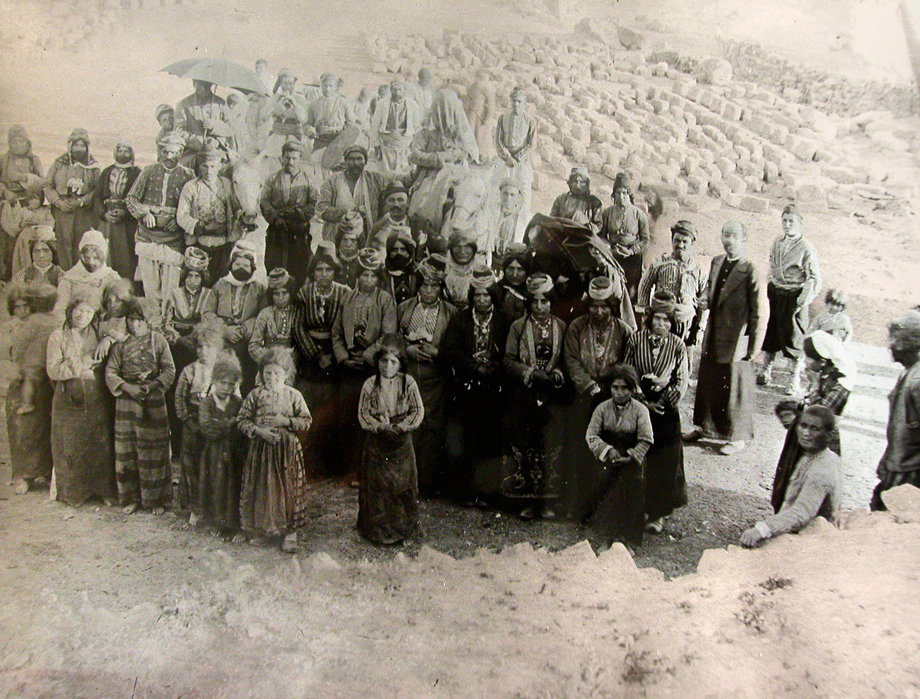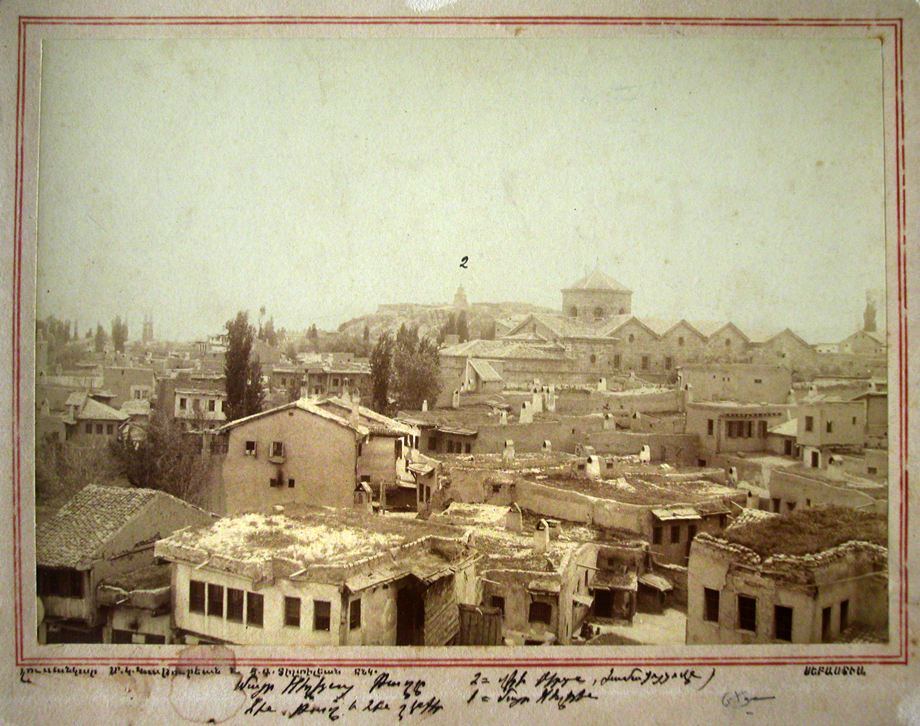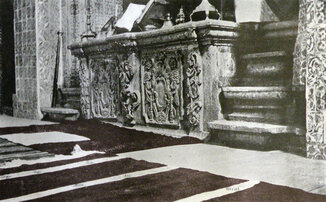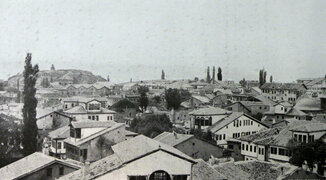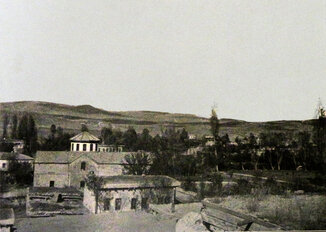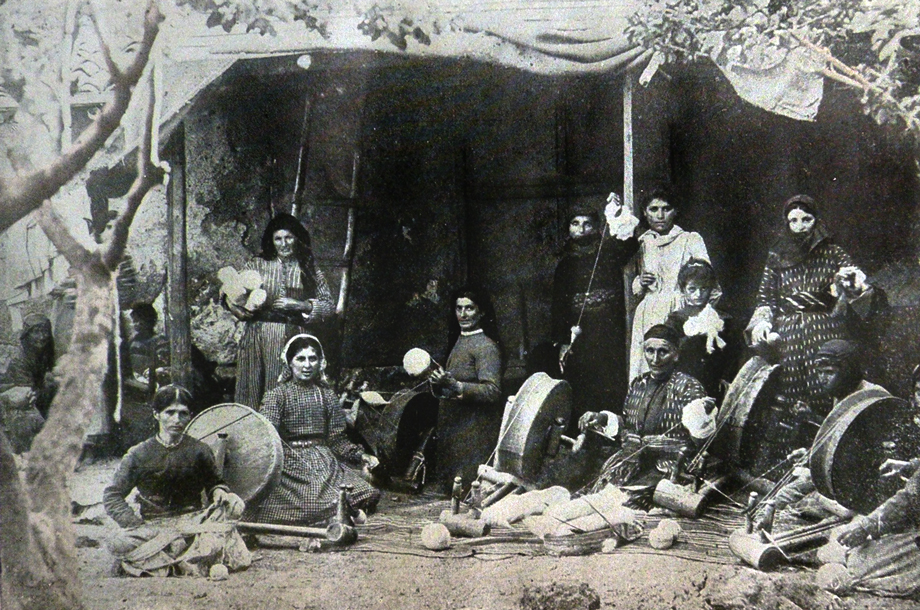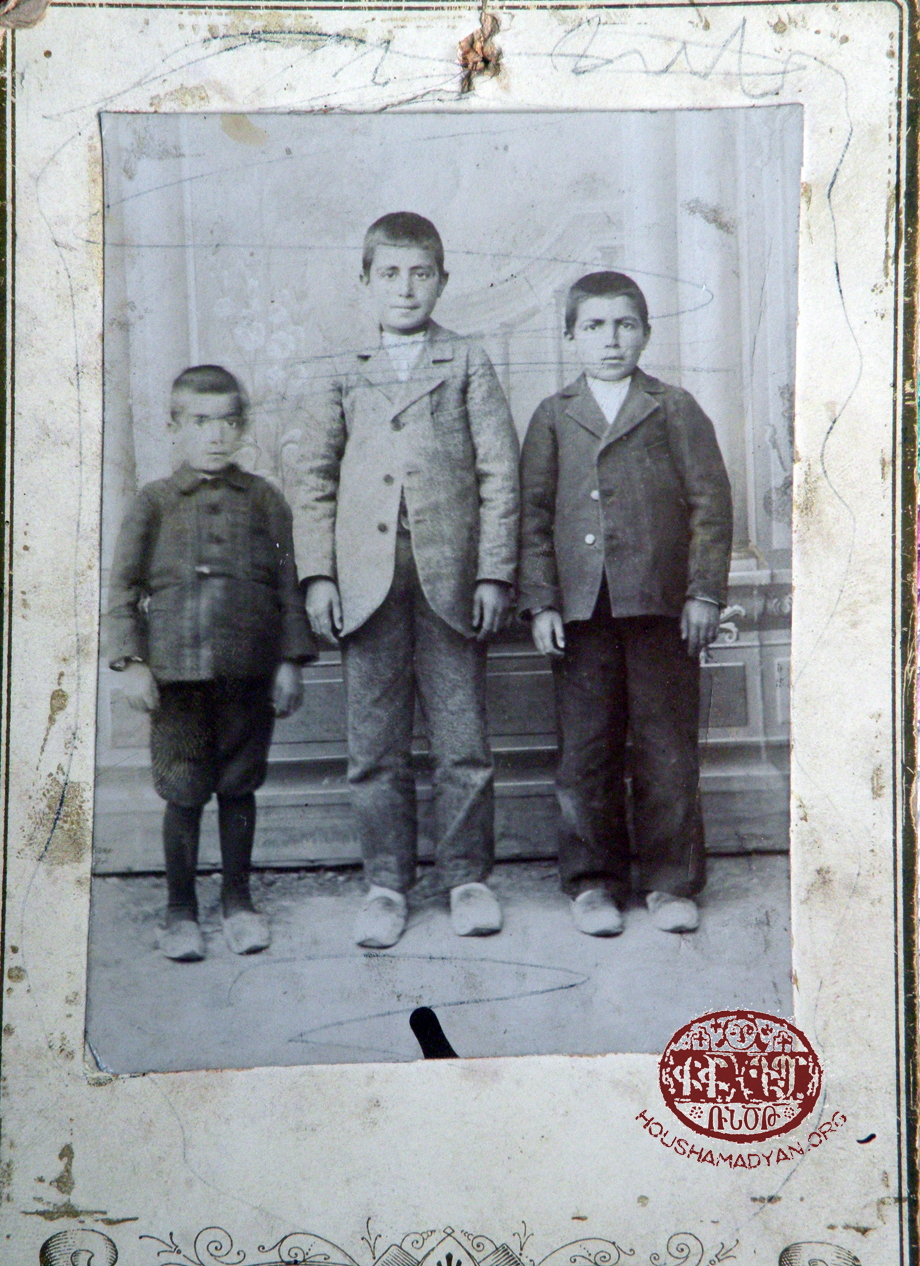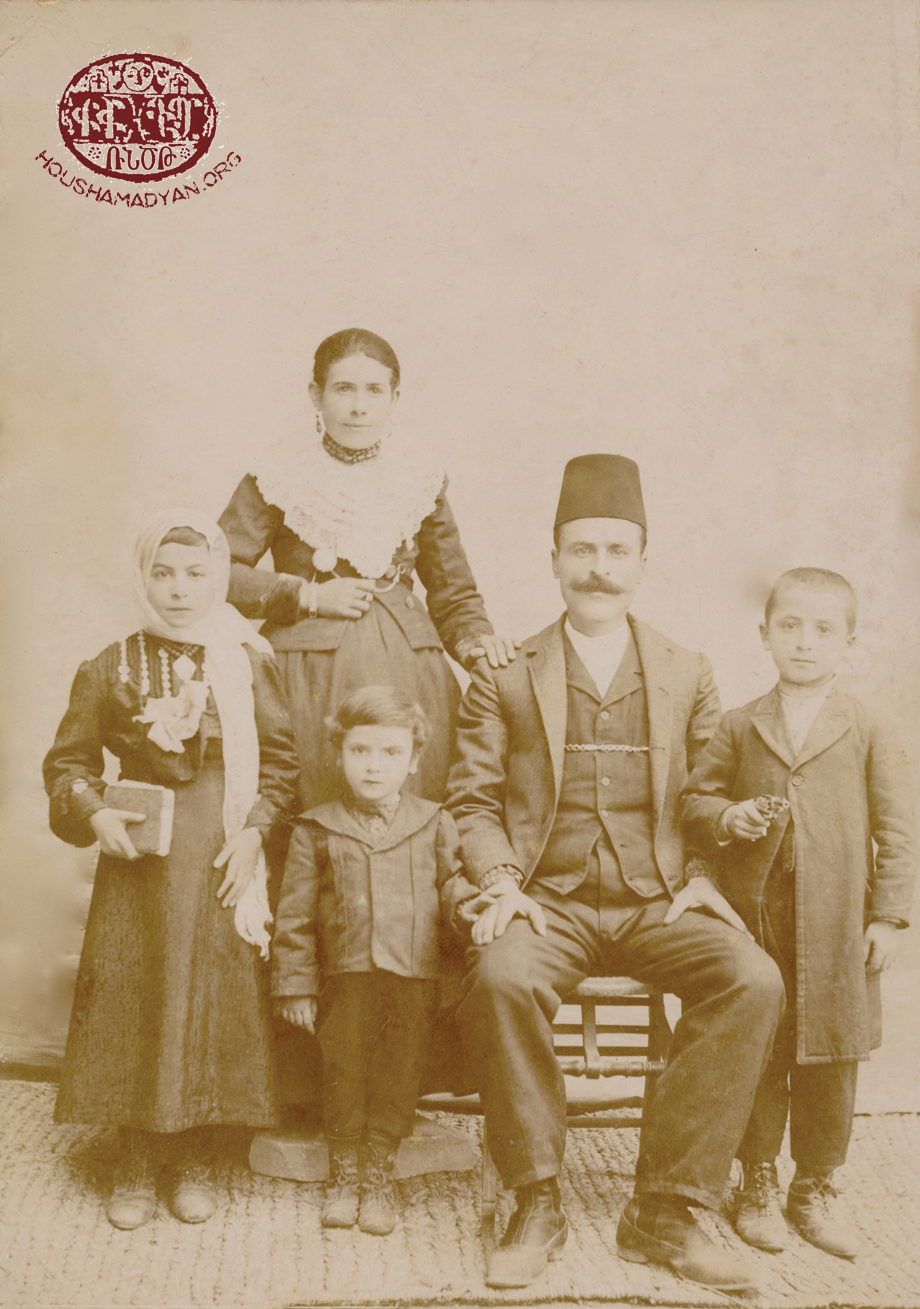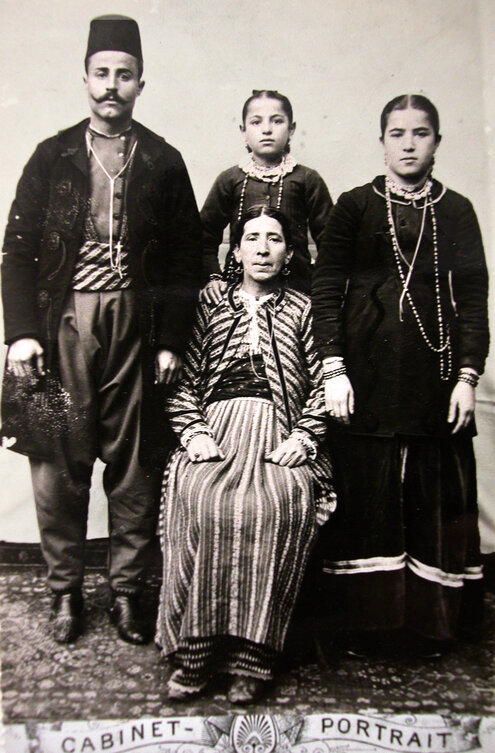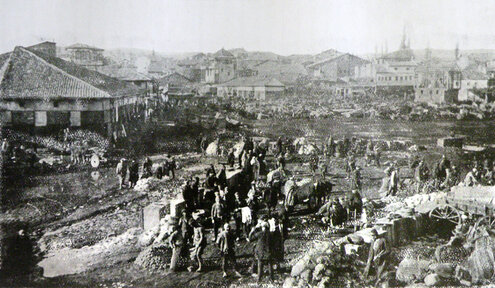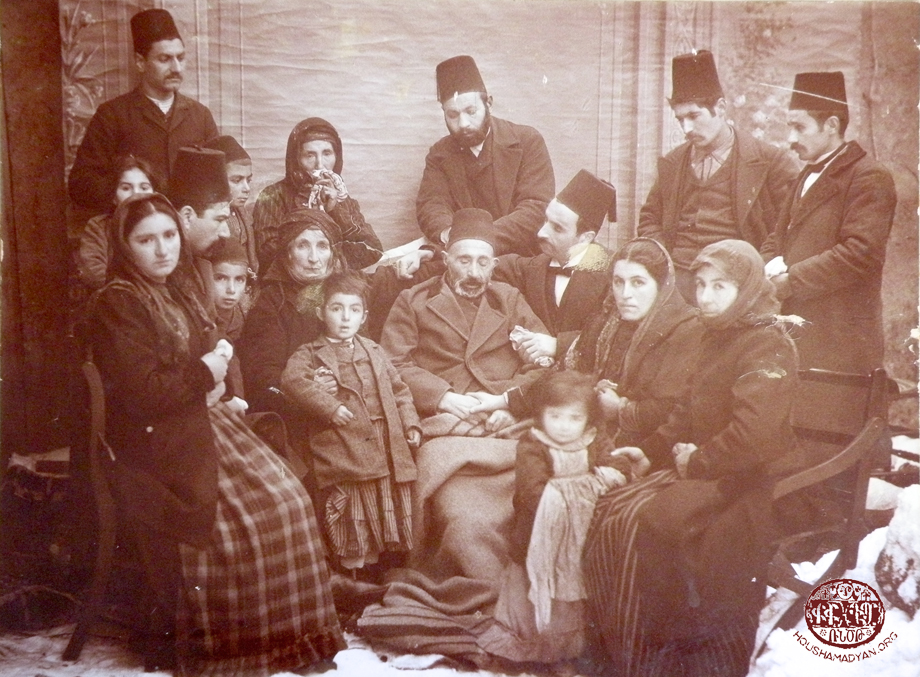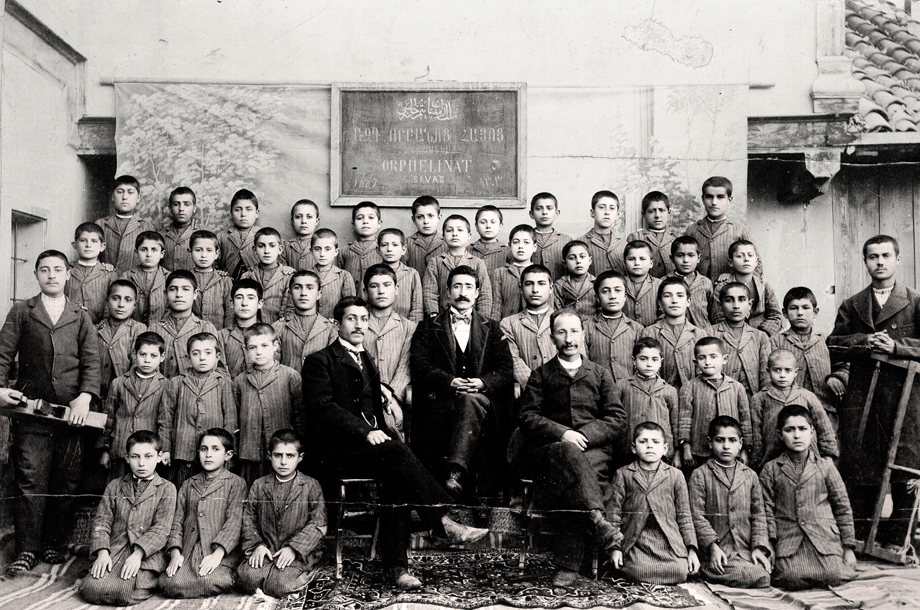Province of Sivas: Photo gallery
We present, in this section, pictures taken in the Sivas/Sepasdia vilayet (province), the majority of which are photographs and engravings relating to the Ottoman era. We have presented the province with its relevant various sub-sections with the object of making them more easily accessible. In the future we will present, alongside them, various themed articles prepared by the editorial board about the Sivas/Sepasdia province. Thus this method of presentation is of a temporary nature which will last until the articles have been prepared. It should be noted that we have worked on the old photographs in this section with the aim of improving their colour, tone and quality.
Sandjak of Amasya
Kaza of Amasya
(See below for picture captions and sources)
Captions and sources
1) Amasya (Source: John G. C. Anderson, A journey of exploration in Pontus, Bruxelles, 1903)
2) Panorama of the town of Amasya (Source: Ferdinand Brockes, Quer durch Klein-Asien, Gütersloh, 1900)
3) Amasya (Source: W.J. Childs, Across Asia Minor on Foot, Edinburgh/London, 1917)
4) The entry to Amasya (Source: W.J. Childs, Across Asia Minor on Foot, Edinburgh/London, 1917)
5) The town of Amasya on the bank of the Yeşilırmak River (Iris). (Source: W.J. Childs, Across Asia Minor on Foot, Edinburgh/London, 1917)
6) A scene from Amasya (Source: W.J. Childs, Across Asia Minor on Foot, Edinburgh/London, 1917)
Captions and sources:
9) The town of Amasya seen from a high point in the east (Source: Franz Cumont/Eugène Cumont, Studia Pontica, II, Voyage d’exploration archéologique dans le Pont et la Petite Arménie, Bruxelles, 1906)
10) General view of the town of Amasya (Source: H M Eprigian, Illustrated Indegenous Dictionary [in Armenian], Part 1, Venice, St Lazzaro, 1900)
11) An engraving of Amasya (Source: Rev. Henry J. Van Lennep, Travels in little-known parts of Asia Minor, Vol. I, London, 1870)
Kaza of Vezirköprü
Kaza of Marsovan/Merzifon
Captions and sources:
2) A panorama from Marsovan/Merzifon (Source: Rev. Edwin M. Bliss, Turkey and the Armenian Atrocities, London, 1896)
3) A street in the town of Marsovan/Merzifon (Source: W.J. Childs, Across Asia Minor on Foot, Edinburgh/London, 1917)
4) One of the Protestant missionary buildings in the town of Marsovan/Merzifon (Source: W.J. Childs, Across Asia Minor on Foot, Edinburgh/London, 1917)
5) The town of Marsovan/Merzifon seen from the north-west (Source: Franz Cumont/Eugène Cumont, Studia Pontica, II, Voyage d’exploration archéologique dans le Pont et la Petite Arménie, Bruxelles, 1906)
Captions and sources:
7) Panorama of the town of Marsovan/Merzifon (Source: Christine Gardon collection)
8) The executive committee of Marsovan/Merzifon branch of the Armenian General Benevolent Union (AGBU). Photograph by Dildilian (Source: Nubarian Library collection)
9) Marsovan/Merzifon: the students of an Armenian school with their teacher (Source: Nubarian Library collection)
Sandjak of Tokat/Eudocia
(See below for picture captions and sources)
Captions and sources:
1) The town of Tokat/Eudocia seen from the east (Source: John G. C. Anderson, A journey of exploration in Pontus, Bruxelles, 1903)
2) A scene from Tokat/Eudocia (Source: Ferdinand Brockes, Quer durch Klein-Asien, Gütersloh, 1900)
3) A general view of Tokat/Eudocia (Source: W.J. Childs, Across Asia Minor on Foot, Edinburgh/London, 1917)
4) A scene from Tokat/Eudocia (Source: Vahan Inglisian, Der diener Gottes. Mechitar von Sebaste, Wien, 1929)
5) A wooden fort in the Tokat/Eudocia region (Source: Rev. Henry J. Van Lennep, Travels in little-known parts of Asia Minor, Vol. I, London, 1870)
6) The small town of Zile (kaza of Zile) seen from the north (Source: Franz Cumont/Eugène Cumont, Studia Pontica, II, Voyage d’exploration archéologique dans le Pont et la Petite Arménie, Bruxelles, 1906)
Sandjak of Sivas/Sepasdia (Sivas, Güruün, Aziziye, Divriği, Darende, Zara)
(See below for picture captions and sources)
Captions and sources:
1) Sivas/Sepasdia: A view of the town (Source: Mekhitarist Order, San Lazzaro, Venice)
2) Sivas/Sepasdia: A view of the town (Source: Mekhitarist Order, San Lazzaro, Venice)
3) Sivas/Sepasdia: A view of the town (Source: Mekhitarist Order, San Lazzaro, Venice)
Captions and sources:
1) A scene from the town of Sivas/Sepasdia (Source: Ferdinand Brockes, Quer durch Klein-Asien, Gütersloh, 1900)
2) The Sivas/Sepasdia town cemetery (Source: Ferdinand Brockes, Quer durch Klein-Asien, Gütersloh, 1900)
3) The Swiss missionary orphanage for girls in the town of Sivas/Sepasdia (Source: Ferdinand Brockes, Quer durch Klein-Asien, Gütersloh, 1900)
4) The inmates and the courtyard of the Swiss missionary orphanage for girls in the town of Sivas/Sepasdia (Source: Ferdinand Brockes, Quer durch Klein-Asien, Gütersloh, 1900)
5) Sivas/Sepasdia: Gök medrese (Source: W.J. Childs, Across Asia Minor on Foot, Edinburgh/London, 1917)
6) A street in the town of Sivas/Sepasdia (Source: Ferdinand Brockes, Quer durch Klein-Asien, Gütersloh, 1900)
Captions and sources:
9) The altar of the St Nshan monastery church in the town of Sivas/Sepasdia (Source: W.J. Childs, Across Asia Minor on Foot, Edinburgh/London, 1917)
10) A panoramic view of the town of Sivas/Sepasdia (Source: Franz Cumont/Eugène Cumont, Studia Pontica, II, Voyage d’exploration archéologique dans le Pont et la Petite Arménie, Bruxelles, 1906)
11) Aziziye/Pınarbaşı (Kaza of Aziziye) (Source: Hugo Grothe, Meine Voderasienexpedition 1906 und 1907, Band II, Leipzig, 1912)
Gürün. The post-mortem photograph of Mahdesi Avedis Toumajan (in the center of the photograph, seated on the chair). Seated, from left to right – Hamaspyur (Hamas) Toumajan (wife of the deceased’s son, Samuel); Krikor Mermerian (husband of the deceased’s daughter, Gyule); Yeghisapet “Anna” Toumajan (the deceased’s widow, nee Vartanian); Nishan, sitting in Anna’s lap (the deceased’s grandson, son of Tovmas and Mariam); the deceased, Avedis Toumajan; Tovmas Toumajan (the deceased’s son); Mariam Toumajan (nee Nahabedian, Tovmas’s wife); Gyule (Gyulabla) Mermerian (nee Toumajan, the deceased’s daughter); Alice, the little girl standing in front of Mariam and Gyule (Tovmas and Mariam’s daughter). Standing, from left to right – Nouritsa (standing right behind Hamaspyur); an unknown man in the fez standing behind Nouritsa; Mihran and Messiah/Hrant (Tovmas and Mariam’s sons) are the two boys on the right of Krikor Mermerian; Gyul Khatoun Vartanian (Anna’s sister-in-law), standing behind Anna; Reverend Lousigian is the man wearing the fez right behind the deceased; Samuel (the youngest son of the deceased) is the man wearing the fez behind Mariam; the identity of the man on his left is unknown (Source: Anahit and Dickran Toumajan collection, USA).

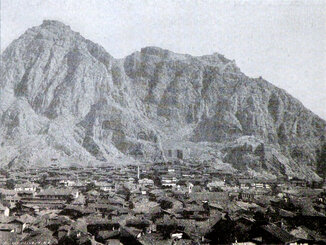

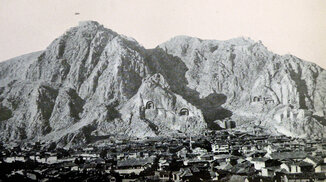
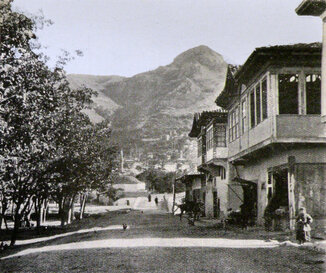
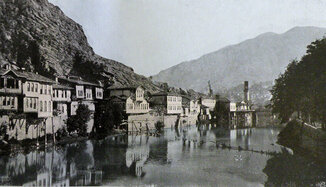
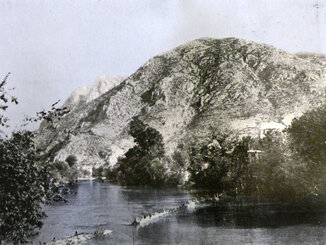
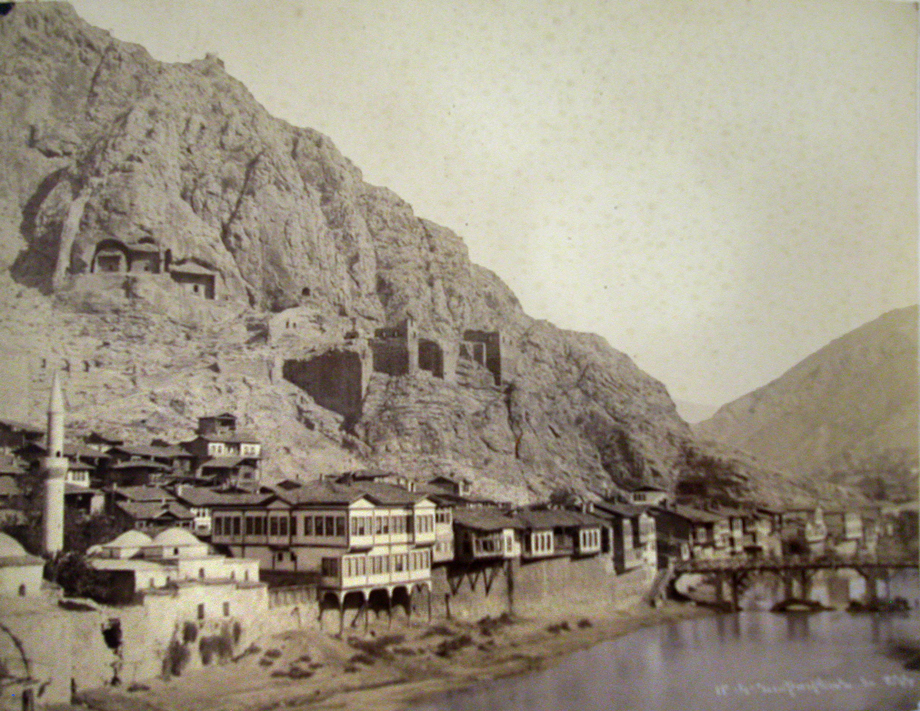
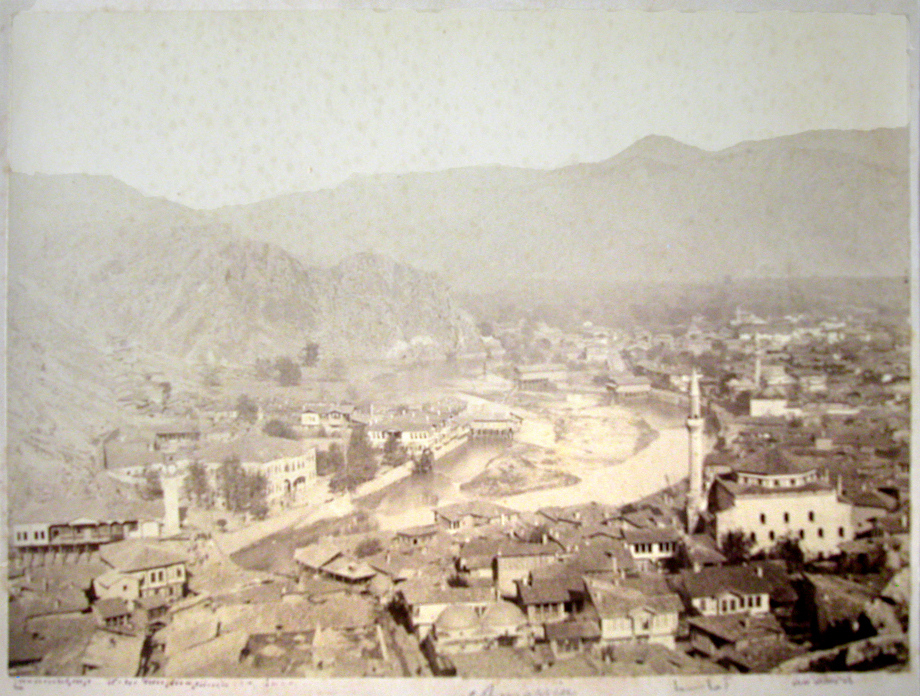
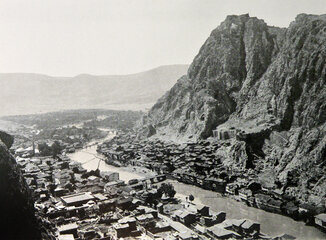
![10) General view of the town of Amasya (Source: H M Eprigian, Illustrated Indegenous Dictionary [in Armenian], Part 1, Venice, St Lazzaro, 1900) 10 Amasya](https://www.houshamadyan.org/fileadmin/_processed_/0/4/csm_Epriguian_3006_web_721aa0893a.jpg)
